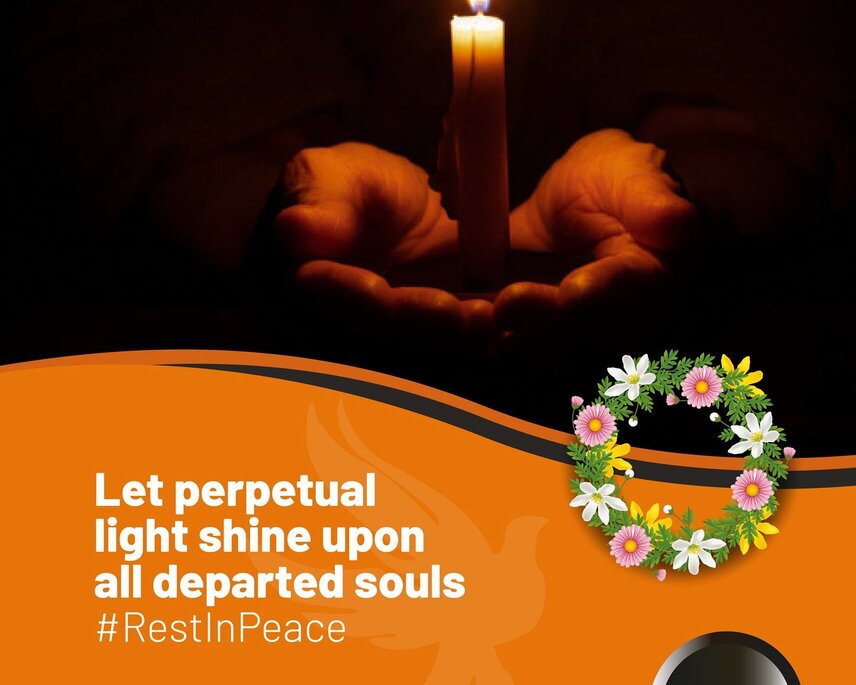What religions do not believe in cremation?
The Muslim religion forbids cremation and requires a burial. And some fundamental Christian religions, such as those found in the Middle East, do not allow cremation.
What does the Bible say about cremation vs burial?
The Bible doesn’t provide any clear direction on whether a Christian should be cremated or buried. There are instances of both burials and believers being burned in the Bible.
How Long Is the Process?
Cremation is considered more efficient than traditional burials and can be completed in a shorter amount of time following a death. Depending on factors like the size and weight of the body, the type of container holding the body, and the efficiency of the equipment installed, the actual cremation procedure usually takes between 2-3 hours for flame-based processes and up to 16 hours for liquid cremation
Keep in mind the crematory has its own policies on how long it can take to have the remains ready for the bereaved. Seven to ten days is not an unusual turnaround time, and it all depends on the individual facility’s policies and procedures.
What Is a Cremation Chamber or Crematorium?
A cremation chamber, also known as a retort, is an industrial furnace designed to hold one body. Lined with fire-resistant bricks, the chamber can withstand temperatures up to 2,000 degrees. Modern cremation furnaces are automated and computerized, and they are fuelled with natural gas, propane, or diesel. They must follow today’s environmental and air quality standards.
A crematorium is usually the term for the facility that houses a cremation chamber or retort. There may be multiple chambers in a crematorium. A crematorium can be a part of a funeral home, a church, or it can be a stand-alone facility. Crematoriums are usually regulated by the state.
What happens at a crematorium
The cremation process takes place in a specially-designed cremation chamber that holds one deceased person and exposes them to intense heat for a period of around two hours. After the cremation, the family may choose to receive the ashes of their loved one.
What are the types of Cremation?
Direct Cremation
Direct cremation is a process where the remains are transferred directly to a cremation center without a funeral service beforehand. Because this approach eliminates the need for a funeral service and a casket purchase, it’s often the cheapest type of cremation. Direct cremations typically don’t allow for a viewing, visitation, or wake beforehand. Most families will schedule a memorial service at a later date for friends and family to pay their respects.
Liquid Cremation
The process of alkaline hydrolysis is an alternative to flame cremation. The combination of the water, alkali, heat, and pressure causes a reaction that speeds up decomposition and leaves behind only bone fragments and a sterile liquid. The flameless process results in about 30% more remains than flame-based cremation, which may require a larger vessel. This process may take three to sixteen hours, depending on body mass and equipment. Many medical devices, including pacemakers, do not need to be removed before the process as they do with conventional flame-based cremation.
Green Cremation
Alkaline hydrolysis is considered a “green” alternative to burial. Once drained of remaining bone fragments, the resulting sterile solution can be recycled through the wastewater treatment system. Many environmentally conscious individuals are now opting for alkaline hydrolysis instead of the conventional procedure because of its environmental benefits. In addition to the ability to recycle the liquid by-product, it is a green choice for several important reasons:
- Green cremation reduces more than 75% of a body’s carbon footprint.
- The green process only consumes 1/8 of the amount of energy of conventional flame-based cremation.
- Because there is no flame, green cremation eliminates concerns regarding mercury emissions and reduces the use of fossil fuels and greenhouse gases.



